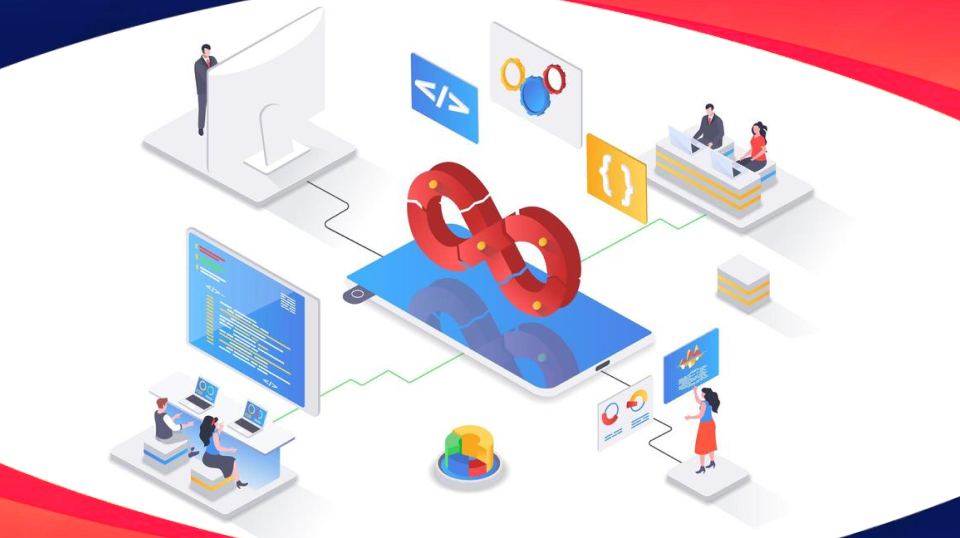Modern Ship Design: The Future of Maritime Engineering
The maritime industry is undergoing a profound transformation. Gone are the days when ship design was solely about size and speed. Today, the focus has shifted towards sustainability, efficiency, and intelligence. Modern ship design is at the forefront of this change, introducing innovations that are reshaping maritime engineering from the keel up. These advancements are not just incremental improvements; they represent a fundamental rethinking of how vessels are built, powered, and operated.
This article explores the key innovations in modern ship design that are shaping the future of maritime engineering. We will examine how new technologies are making ships greener, smarter, and more efficient, ultimately redefining the landscape of global trade and transportation.
The Drive for Innovation in Maritime Engineering
Several powerful forces are pushing the shipping industry towards a new era of design. The International Maritime Organization (IMO) has set ambitious goals to reduce greenhouse gas emissions from ships by at least 50% by 2050 compared to 2008 levels. This regulatory pressure, combined with rising fuel costs and a growing public demand for environmental responsibility, has made sustainability a top priority.
Simultaneously, advancements in data science, artificial intelligence, and automation are opening up new possibilities. Modern ship design now integrates these digital tools to optimize performance, enhance safety, and reduce operational burdens. The result is a new generation of vessels that are not only kinder to the planet but also more economical and reliable.
Key Innovations in Modern Ship Design
The future of maritime engineering is being built on a foundation of groundbreaking technologies. These innovations span everything from hull form to propulsion systems, creating a holistic approach to vessel efficiency and performance.
Hydrodynamic Efficiency and Hull Optimization
The journey of a ship through water is a constant battle against resistance. A significant portion of a vessel’s fuel consumption is dedicated to overcoming this drag. Modern ship design tackles this challenge head-on with advanced hydrodynamic optimization.
- Bulbous Bows:While not a new concept, modern computational fluid dynamics (CFD) have perfected the design of the bulbous bow. This protruding bulb at the front of the ship modifies the water flow around the hull, creating a wave that cancels out the ship’s own bow wave. This significantly reduces wave-making resistance, improving fuel efficiency by up to 15%.
- Air Lubrication Systems:This innovative technology pumps a layer of tiny air bubbles beneath the ship’s hull. This carpet of air reduces the frictional resistance between the hull and the water, allowing the ship to glide more easily. Major shipping lines have reported fuel savings of 5-10% from implementing these systems.
- Advanced Hull Coatings:The surface of a ship’s hull is another area ripe for innovation. Modern anti-fouling coatings use slick, non-toxic silicone-based paints that prevent marine organisms like barnacles and algae from attaching. A smooth, clean hull has less drag, leading to better fuel economy and lower emissions.
Sustainable Propulsion Systems
The engine room is the heart of any ship, and it’s also the primary source of its environmental footprint. Modern ship design is pioneering a transition away from conventional heavy fuel oil towards cleaner and more sustainable alternatives.
- Liquefied Natural Gas (LNG):LNG is currently one of the most popular alternative fuels. It burns much cleaner than traditional marine fuels, virtually eliminating sulfur oxides (SOx) and particulate matter while reducing nitrogen oxides (NOx) by up to 80% and CO2 by about 20-25%. A growing number of newbuilds, from massive container ships to cruise liners, are being designed as dual-fuel vessels capable of running on LNG.
- Methanol and Ammonia:Looking further ahead, green methanol and ammonia are emerging as leading candidates for zero-carbon shipping. Produced using renewable energy, these fuels release no CO2 when burned. While challenges related to storage, handling, and production infrastructure remain, pilot projects and engine development are well underway, making them a central focus of future-proof modern ship design.
- Wind-Assisted Propulsion:In a return to the industry’s roots, wind power is making a comeback, but with a high-tech twist. Massive, automated rotor sails (Flettner rotors) or rigid wing sails are being installed on cargo ships. These systems harness wind energy to provide auxiliary propulsion, reducing the load on the main engine and cutting fuel consumption by 10-30% depending on wind conditions and routes.
Digitalization and the Rise of Smart Ships
The integration of digital technology is creating “smart ships” that are more connected, autonomous, and efficient than ever before. This is a cornerstone of modern maritime engineering.
- AI-Powered Route Optimization:Onboard systems now use artificial intelligence to analyze vast amounts of data, including weather forecasts, ocean currents, port congestion, and fuel consumption models. The AI then calculates the most optimal route and speed in real-time, ensuring the ship arrives on schedule while using the least amount of fuel possible.
- Digital Twins:A digital twin is a virtual replica of a physical ship, its systems, and its processes. This model is continuously updated with real-world data from sensors on the vessel. Engineers on shore can use the digital twin to monitor the ship’s health, predict maintenance needs before a component fails, and simulate the effects of potential upgrades. This proactive approach improves reliability and reduces downtime.
- Autonomous Systems:While fully unmanned cargo ships are still on the horizon, the level of automation is increasing rapidly. Automated navigation systems, machinery monitoring, and remote-control capabilities are enhancing safety by reducing the risk of human error. These systems allow crew members to focus on more complex, high-value tasks.
The Future of Maritime Engineering: What’s Next?
The pace of innovation continues to accelerate. The next decade will likely see the widespread adoption of technologies currently in their infancy. Zero-emission vessels powered by hydrogen fuel cells or ammonia will become more common, moving the industry closer to its decarbonization goals.
Modular ship design, where sections of a ship can be prefabricated and easily replaced or upgraded, could also become a reality. This would extend the lifespan of vessels and allow them to adapt to new technologies and fuel types as they become available. Increased autonomy will lead to redesigned bridges and operational workflows, further enhancing the synergy between human crews and intelligent systems.
Frequently Asked Questions (FAQs)
Q1: What is modern ship design?
Modern ship design is an approach to naval architecture and maritime engineering that prioritizes sustainability, efficiency, and intelligence. It integrates advanced technologies like optimized hull forms, alternative fuels, and digital systems (AI, IoT) to create vessels that are more environmentally friendly, economical to operate, and safer.
Q2: Why is sustainability so important in the shipping industry?
The shipping industry is a major contributor to global greenhouse gas emissions. To combat climate change, international bodies like the IMO have implemented strict regulations to reduce these emissions. Sustainability is also driven by economic factors, as fuel is a major operational cost, and by public and corporate demand for greener supply chains.
Q3: Are fully autonomous ships the future?
While fully unmanned, autonomous ships are a long-term goal, the immediate future is focused on increasing levels of automation. “Smart ships” use AI and remote monitoring to assist crews, improve navigational safety, and optimize engine performance. This human-in-the-loop approach enhances efficiency while retaining human oversight for complex decision-making.
Q4: What are the biggest challenges facing the adoption of new ship designs?
The primary challenges include the high upfront cost of new technologies, the need for new global infrastructure (e.g., for alternative fuel bunkering), and the development of new training and regulatory frameworks. Retrofitting existing fleets also presents a significant logistical and financial hurdle.
Final Words
Modern ship design is not just about building better ships; it’s about engineering a better future for the entire maritime industry. The innovations in hydrodynamics, propulsion, and digitalization are converging to create a new paradigm of efficiency and environmental stewardship. These advancements are critical for meeting global climate targets and ensuring the long-term viability of seaborne trade.
The journey towards a truly sustainable and intelligent fleet is complex, but the course is set. Through continued investment in research, collaboration across the sector, and a bold embrace of new ideas, the world of maritime engineering will continue to evolve, delivering vessels that are fit for the challenges of tomorrow.


















